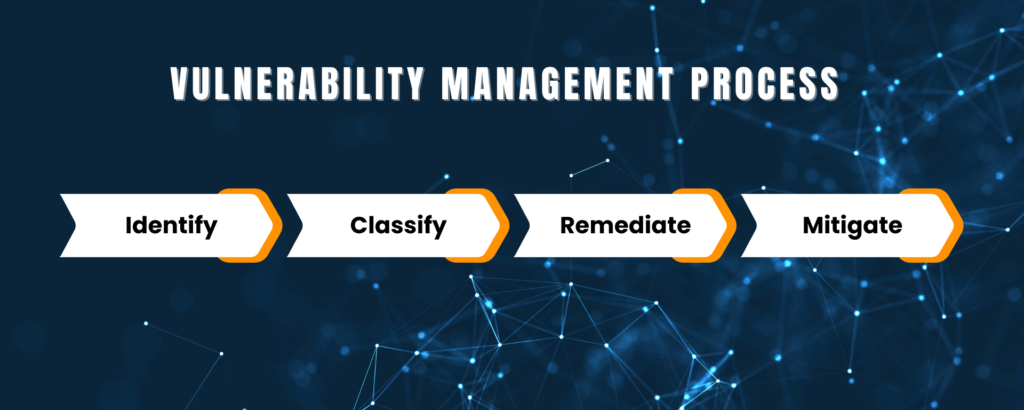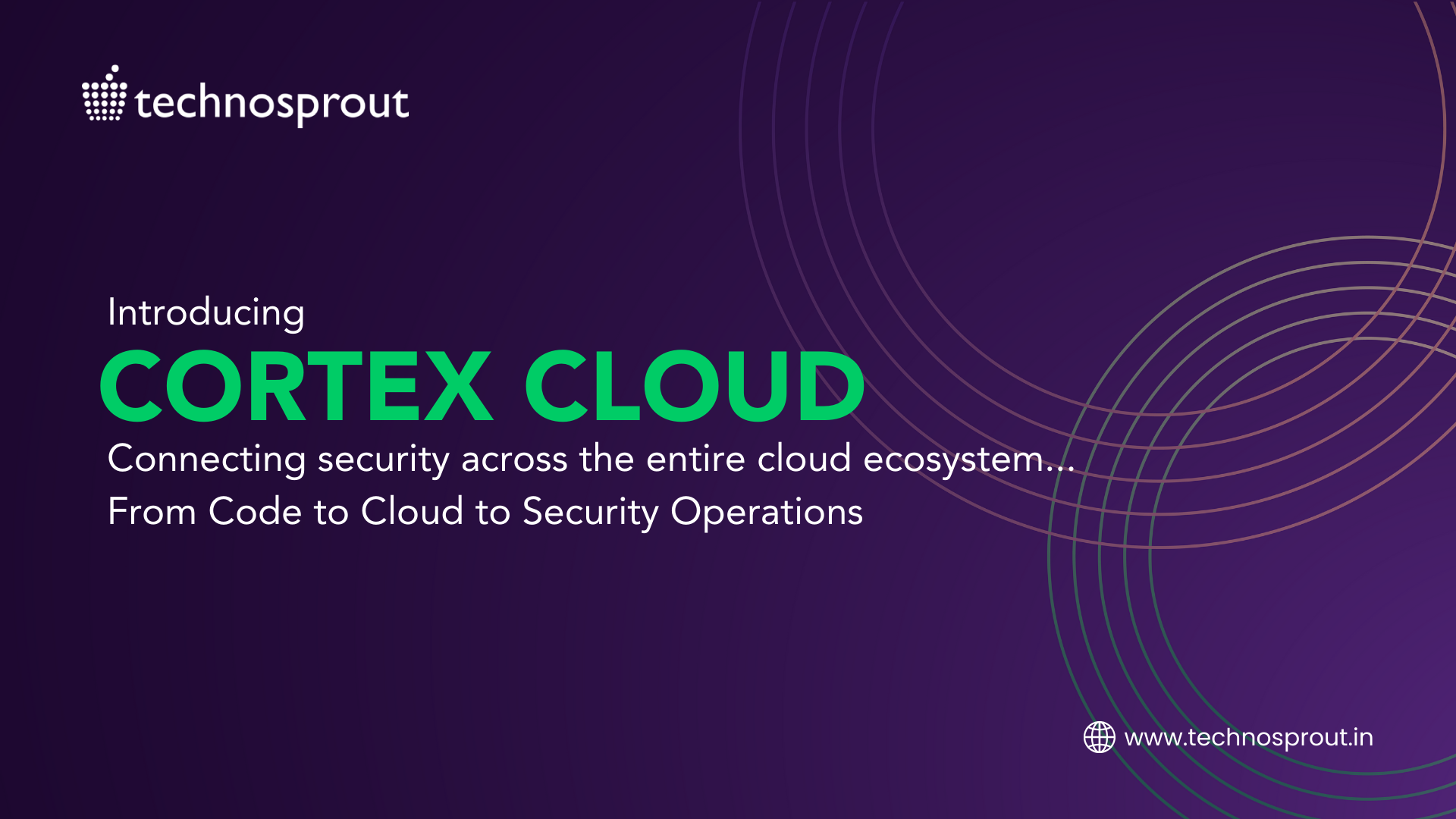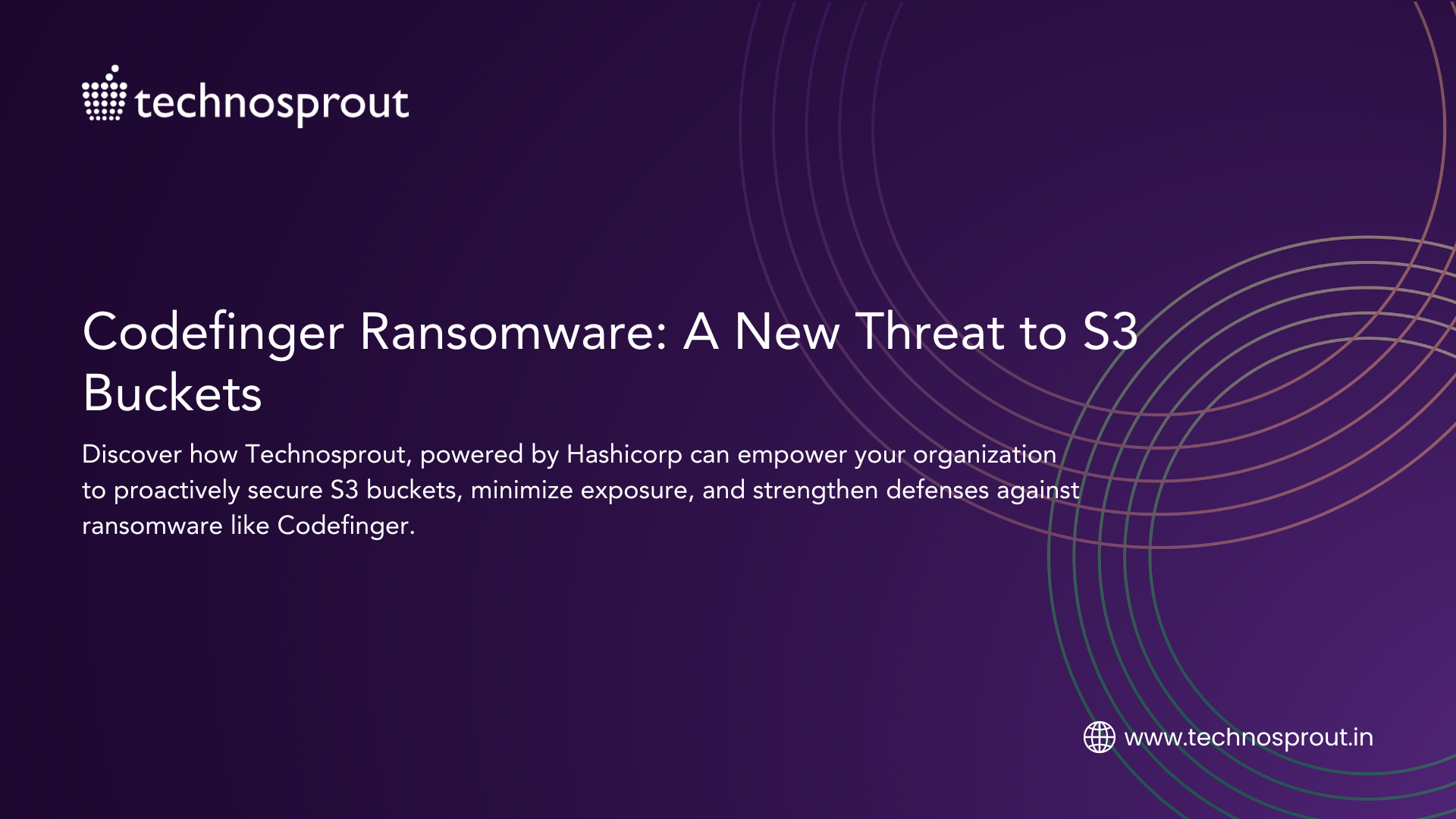The Banking Industry is constantly bearing the brunt of digitalization, continuously facing cyber threats and attacks making headlines. This makes it crucial for banks to prioritize vulnerability management as a part of their overall cybersecurity strategy.
Food for thought- If you have ever given a thought to vulnerability management, the below information will be mindboggling
- 26,447 vulnerabilities were disclosed in 2023—1,500 more than in 2022.
- Three new vulnerabilities are discovered every 3 hours.
- 7,000 vulnerabilities had proof of concept exploit code.
Alarmingly, cybercriminals are taking advantage of this window at lightning speed, exploiting vulnerabilities within 15 minutes of publication.
This brings us down to one question are you and your security teams confident in your cloud vulnerability management capabilities?
- What is Cloud Vulnerability Management?
- Challenges of Vulnerability Management in the Cloud
- 4 Best Practices for Vulnerability Management
- Technosprout your Cloud Managed Services Partner
What is Cloud Vulnerability Management?
Cloud vulnerability management is the ongoing process of identifying, classifying, prioritizing, and remediating security weaknesses specifically within a cloud environment. It’s crucial because cloud environments are complex and constantly evolving, with unique vulnerabilities compared to traditional IT infrastructure.
Challenges of Vulnerability Management in the Cloud
Coordinating vulnerability management across a sprawl of X different cloud services, applications, and third-party software is a monumental task. Traditional tools struggle to keep pace with the constant changes in cloud environments, leaving critical security gaps, like misconfigured cloud storage buckets or outdated container images. Furthermore, the lack of integration between security tools and development pipelines leads to delays in deploying security patches, significantly increasing the window of exposure for cyberattacks and potential data loss.
4 Best Practices for Vulnerability Management
These challenges can be overcome with four simple best practices:
- Gain visibility across the application lifecycle
- Identify the most impactful vulnerabilities
- Take action and remediate vulnerabilities
- Monitor and report risk burndown
Best Practice #1: Gain Visibility Across the Application Lifecycle
Visibility into your digital environment is the bedrock for informed decisions and proactive security. Understanding your assets and their associated vulnerabilities throughout the application lifecycle is paramount. This comprehensive view empowers you to make strategic security choices and implement preventive measures.
Transparency and accountability are fostered by having continuous insight into cloud vulnerabilities. Stakeholders can make well-informed decisions regarding risk management and mitigation strategies with this knowledge. Additionally, a shared understanding of the vulnerability landscape fosters better collaboration between security, development, and other critical teams.
By implementing robust scanning and assessment methods, organizations can systematically identify vulnerabilities within their systems, ensuring no workload goes unnoticed. This can be achieved through a variety of techniques, including agentless and agent-based scanning, alongside data integration from third-party platforms.
An ideal solution should support both scanning methods, especially for organizations with cloud applications and workloads spread across public and private cloud environments. Each approach offers unique advantages, and combining them provides the most comprehensive security coverage.
Agentless vulnerability management streamlines the management process by minimizing the operational overhead associated with deploying and managing agents on numerous workloads. It also allows organizations to assess and monitor assets that are incompatible with traditional agents, such as legacy systems or network devices.
Agent-based scanning solutions provide continuous monitoring and real-time visibility into vulnerabilities and potential threats. They can also gather additional data and metrics from applications, enabling a more accurate risk assessment and efficient vulnerability prioritization.
Best Practice #2: Identify the Most Impactful Vulnerabilities
Having established comprehensive visibility throughout the application lifecycle, it’s crucial to focus on the vulnerabilities posing the greatest risk.
Vulnerabilities vary in severity. Critical and High ones demand immediate attention compared to those with lower ratings. However, prioritization isn’t a one-size-fits-all approach. Specific vulnerability details, overall risk factors, your business needs, and the broader environment all influence prioritization.
Here’s how to effectively prioritize vulnerabilities within your unique context:
- Exploitability: How likely is a vulnerability to be actively exploited? Prioritize those with readily available exploits in the wild.
- Potential Damage: Workloads exposed to the internet are prime targets. Address vulnerabilities in these systems first.
- Severity: Critical and High severity vulnerabilities inherently pose a greater threat and require prioritization.
- Affected Assets: The number of workloads impacted by a vulnerability matters. Focus on fixing those affecting the most systems.
By directing resources towards the most impactful vulnerabilities, organizations can significantly improve their security posture and minimize the risk of cyberattacks.
Prisma Cloud: Streamlined Prioritization
Prisma Cloud simplifies vulnerability prioritization to ensure you address the highest risks first. The Code to Cloud platform utilizes a multi-stage filtering process. It starts by narrowing down vulnerabilities to the most critical CVEs (Common Vulnerabilities and Exposures). Then, it further refines the list to only those actively exploitable. This targeted approach allows you to quickly identify vulnerabilities that require patching or mitigation by your team. Additionally, Prisma Cloud highlights details of vulnerabilities actively used by packages within your environment, including threat intelligence and known exploits, empowering you to take decisive action.
Remember, effective prioritization goes beyond the technical aspects. Collaboration with stakeholders, including security, development, and business leadership, is crucial. By working together, you can establish clear prioritization criteria and ensure remediation efforts address the most critical vulnerabilities first.

Best Practice #3: Take Action and Remediate Vulnerabilities
Following vulnerability identification and prioritization, decisive action is crucial to minimize risk. This best practice focuses on the remediation process, including patching, configuration changes, or other actions to address the vulnerabilities.
Challenges of Remediation:
- Resource Constraints: Security teams may be overwhelmed by the sheer volume of vulnerabilities identified. Prioritization helps, but efficient remediation workflows are essential.
- Patching Difficulties: Patching can introduce compatibility issues or disrupt operations. Balancing security with functionality requires careful planning and testing.
- Third-Party Software: Addressing vulnerabilities in third-party software relies on the vendor releasing a fix. Organizations may need to pressure vendors or implement workarounds.
Effective Remediation Strategies:
- Prioritize Based on Risk: Focus on remediating the most critical vulnerabilities first, considering factors like exploitability and potential impact.
- Automate Patching: Automate patch deployment whenever possible to expedite remediation and reduce human error.
- Establish Workflows: Develop clear workflows for vulnerability remediation, including testing, change management, and rollback procedures.
- Track Progress: Monitor remediation progress and measure the effectiveness of your vulnerability management program.
Prisma Cloud’s Approach to Remediation:
Prisma Cloud simplifies the remediation process by:
- Prioritizing Vulnerabilities: Prisma Cloud prioritizes vulnerabilities based on risk, guiding your team towards the most impactful fixes.
- Automating Workflows: It can automate patch deployment for supported systems, streamlining remediation efforts.
- Integration with Ticketing Systems: Integrate with ticketing systems to streamline communication and track remediation tasks.
- Detailed Patch Information: Provides detailed patch information to aid decision-making and testing before deployment.
Best Practice #4: Monitor and Report Risk Burndown
Continuous monitoring and reporting are essential for assessing the effectiveness of your vulnerability management program.
Importance of Monitoring:
- Identify New Vulnerabilities: New vulnerabilities are discovered regularly. Continuous monitoring ensures you stay ahead of emerging threats.
- Track Remediation Progress: Monitor the progress of vulnerability remediation efforts and identify any lingering issues.
- Measure Risk Reduction: Track “risk burndown,” which reflects the decrease in overall risk as vulnerabilities are addressed.
Effective Reporting:
- Actionable Insights: Reports should provide actionable insights, such as the number of outstanding vulnerabilities and their severity.
- Trend Analysis: Analyze trends in vulnerability discovery and remediation over time to identify areas for improvement.
- Stakeholder Communication: Regularly communicate vulnerability risk and remediation progress to stakeholders.
Prisma Cloud’s Approach to Monitoring and Reporting:
Prisma Cloud offers comprehensive reporting capabilities that enable you to:
- Track Risk Burndown: Visualize the reduction in overall risk as vulnerabilities are remediated.
- Detailed Vulnerability Reports: Generate detailed reports on vulnerabilities, including severity, exploitability, and remediation status.
- Customizable Dashboards: Create custom dashboards to track key metrics and monitor progress over time.
- Automated Reporting: Schedule automated reports to keep stakeholders informed.
By implementing these best practices, Banking institutions can establish a robust cloud vulnerability management program that proactively identifies, prioritizes, remediates, and reports on vulnerabilities, ultimately reducing their risk of cyberattacks.
Manage Vulnerabilities following the Best Practices with Technosprout Managed Services and Empower Your Cloud Strategy
Achieving comprehensive visibility and prioritization are just the first steps in building an effective foundation for vulnerability management. Prevent risks by securing infrastructure and applications by design. Technosprout along with its trusted partner Prisma Cloud enables you manage vulnerabilities so that you can keep pace with the agility and rapid release cycles.
Acquire cyber confidence with a solid strategy and governance! Technosprout leverages an “Assess, Design, Implement and Manage”four-pronged approach that leads organizations methodically through business transformation throughout the lifecycle.
Our managed security services provide customized, comprehensive solutions, addressing specific business needs strategically along with the best certified experts and an experience of 7+ years in the market.
Don’t let your organization be the next target. Empower your organization and secure your data. We help implement a Multi-Cloud Security Strategy, helping you protect your Application, Access, and Data.





